Regency mirrors. A comparative article in relation to an ‘Irish Regency four-light girandole’
It has often been stated that Irish history is valuable and therefore, so too are its decorative arts. The often unpredictable market for Irish Regency antique mirrors, and the high prices they can fetch, are due not only to their visual beauty but also to their scarcity of supply. With only three flint-glass factories existing in the 1780s, in comparison to sixty in England, the most keenly collected Irish glass was produced in the 18th to 19th-century Golden Age, with the few that appear on the antique market displaying rare examples of fine-quality glass and framing. The 18th century represented a boom era for Ireland. With new waves of imported goods and new technologies, the ever-increasing appetite for luxury goods was beginning to be satisfied.
Characteristically, the mirrors produced by the Dublin carver and gilder Richard Jackson aimed to conjure up themes of grandeur through allusions to antiquity and through displays of masterful craftsmanship, thus enabling these mirrors to maintain their role as the most expensive status symbol for a household to acquire. Recorded at 5 Essex Bridge, Dublin, Ireland, the glass manufacturers and glass grinders at The Looking-Glass Warehouse produced mirrors and girandoles that lavishly displayed their skill in the area of glassmaking. Nicholas Wells Antiques’ Irish Regency four-light girandole, signed verso Arthur Williams, naturally encompasses the themes and standards of the prevailing taste in late 18th- to early 19th-century Ireland in its acute attention to detail and overall sense of grandeur. Other such mirrors produced during the Regency period stand out as well in their ability to conjure up such ideas.

The round convex mirror was highly fashionable during the Regency period for its spectacular, distorted, and dazzling reflections. In The Cabinet Dictionary of 1803, the English furniture designer Thomas Sheraton described the convex mirror as creating “an agreeable effect,” noting that it was “universally in fashion, and considered both a useful and ornamental piece of furniture.”
With their decadent frames, classical associations, and light-enhancing trickery, Regency mirrors display a truly unique character. An English Regency mirror, here at Nicholas Wells Antiques, embodies this otherworldly quality through its convex glass. Distinguished by its unusual two-tone gilding, it captivates viewers both through its intricacy and scale. Atop the frame, an eagle surmounts the mirror, holding a fine chain in its beak — a detail that adds playfulness and decadence to an already elaborate piece.

An echoing motif in antique mirrors of this period is the inclusion of the eagle, its wings spread in a powerful stance across the space it inhabits. A Regency giltwood and parcel-ebonised convex mirror, sold on 1 July 2015 at Christie’s as part of the collection of Richard Mellon Scaife, displays this motif of the eagle and girandoles, though on a smaller scale and with more restrained detail and ornamentation. The circular convex plate is set within a beaded frame and flanked by a foliate apron with two candle arms.
A more dramatic interpretation of the eagle motif can be seen in Richard Jackson’s giltwood pier-glass. Here, a large eagle grasps two heavily beaded, structural chains in its beak. These descend to form part of the exterior frame, enclosing the mirror in an illusionistic draped style — a striking example of Regency grandeur.

Another Irish Regency giltwood overmantel mirror by Richard Jackson was sold anonymously at Christie’s in 1997. In comparison, this example shows a stronger influence of the Gothic style, with its pronounced verticality and ornate quatrefoil-planned frieze. Below, a series of slender triple-cluster columns divide the mirror into three parts, further emphasising height over width.
Despite this Gothic influence, the rectangular frame still evokes classical antiquity through Jackson’s inclusion of a frieze and a projecting entablature-like feature. Its giltwood treatment, as with many mirrors of the period, also draws clear parallels with Nicholas Wells Antiques’ girandole.
Another Richard Jackson mirror, published in James Peill’s Irish Furniture, maintains a rectangular form but is divided by additional decorative framing within. While more restrained in its ornamentation, it still incorporates classical references, whether in the frieze or in the Doric-style capitals of its columns.

The Regency period is remembered as an era of remarkable artistic achievement, but it was also a time of profound change. The Industrial Revolution introduced new ways of thinking, building, and designing, born from the interaction of technological innovation and evolving needs.
These mirrors, therefore, are more than visual delights. They tell a story — of virtuoso craftsmanship, of the tension between the new and the old, and of a period that balanced classical ideals with Gothic revivalism. Each piece is both a testament to skill and a reflection of the broader cultural shifts of the age.
References
Andrews, I. (2008) Irish glass, silver & ceramics: Irelands decorative arts have always had a devoted following among collectors but increasingly you need the luck of the Irish to find the best, Apollo, 168(557), 91+, available: https://link.gale.com/apps/doc/A185291654/AONE?u=ed_itw&sid=googleScholar&xid=cdbd9c46
Sheraton, T., 1970. Cabinet dictionary. New York: Praeger, p.271.
Illustrations
Christies Regency mirror collections online
Glin, D., Peill, J., Fennell, J. and McGrath, D., 2007. Irish furniture. New Haven: Published for the Paul Mellon Centre for Studies in British Art by Yale University Press, p.267.

Post by Daisy Watson




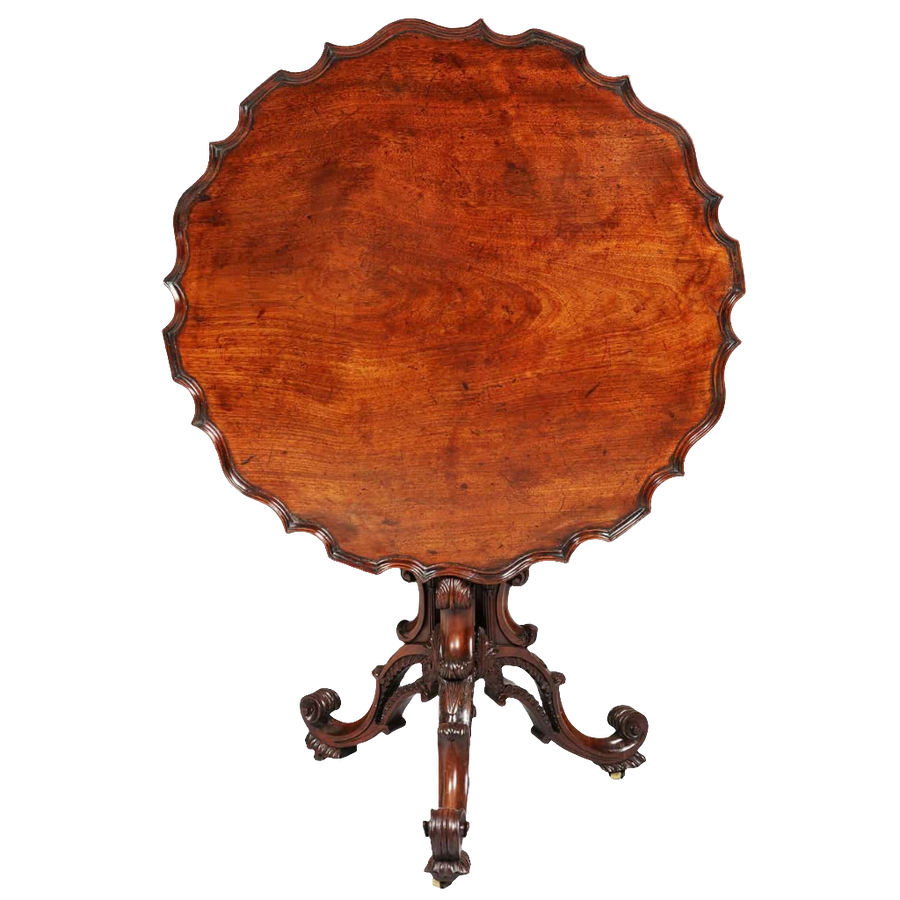
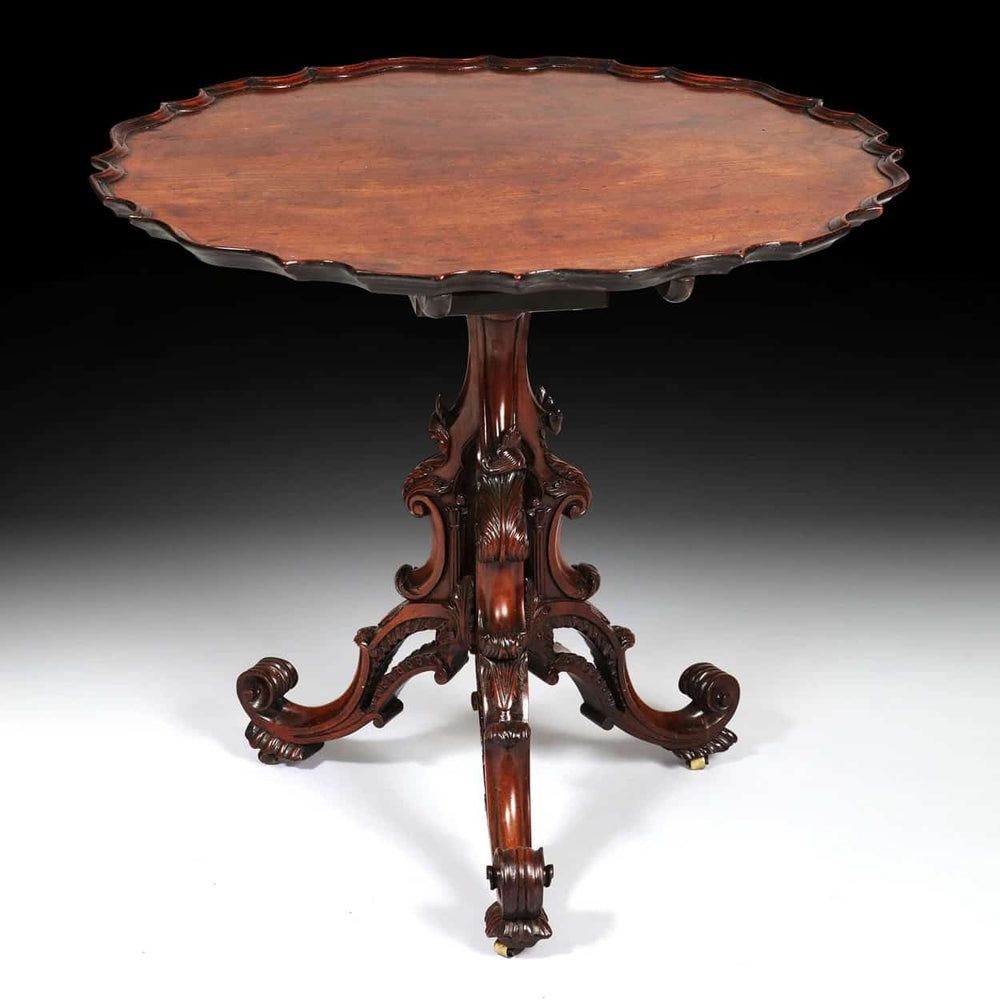
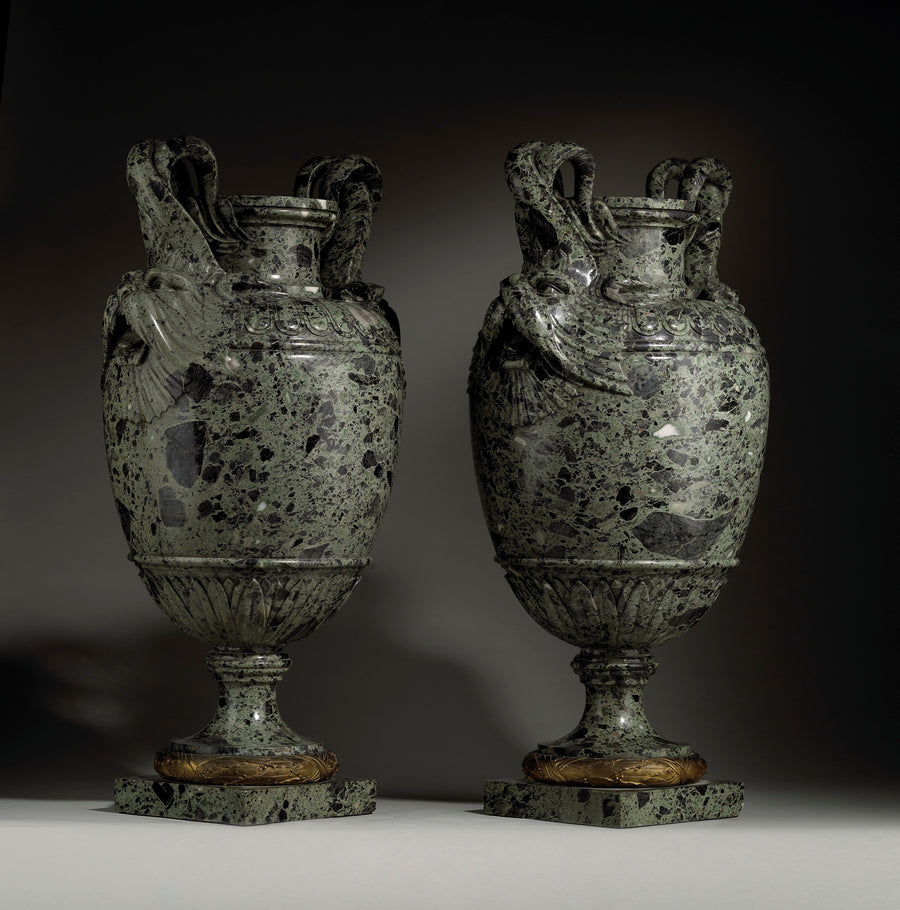
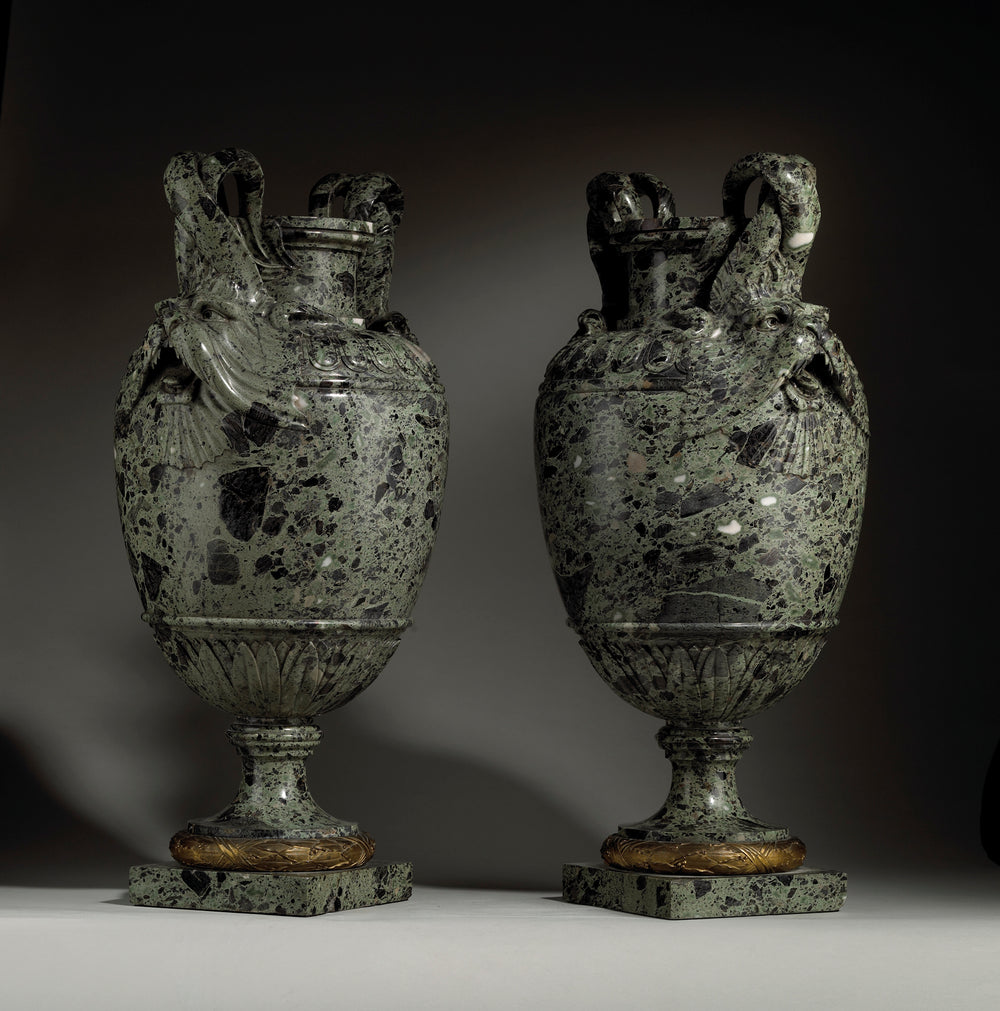

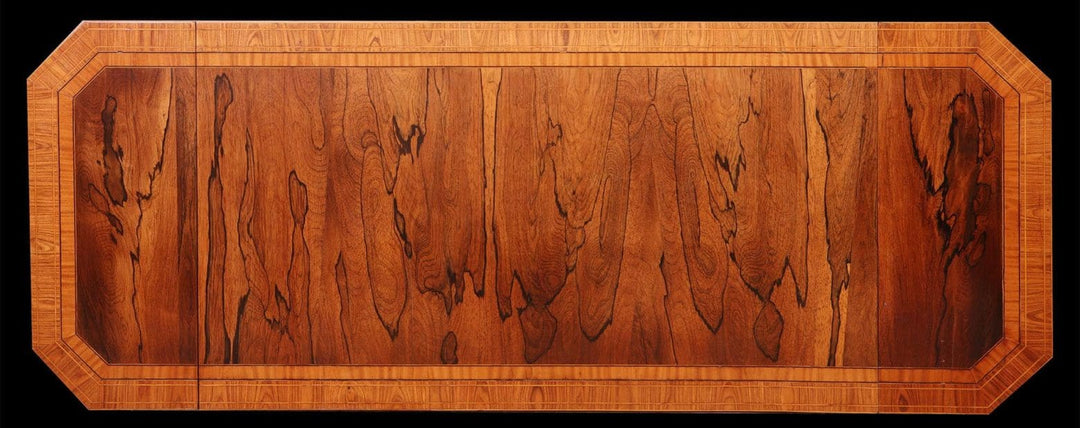


Leave a comment